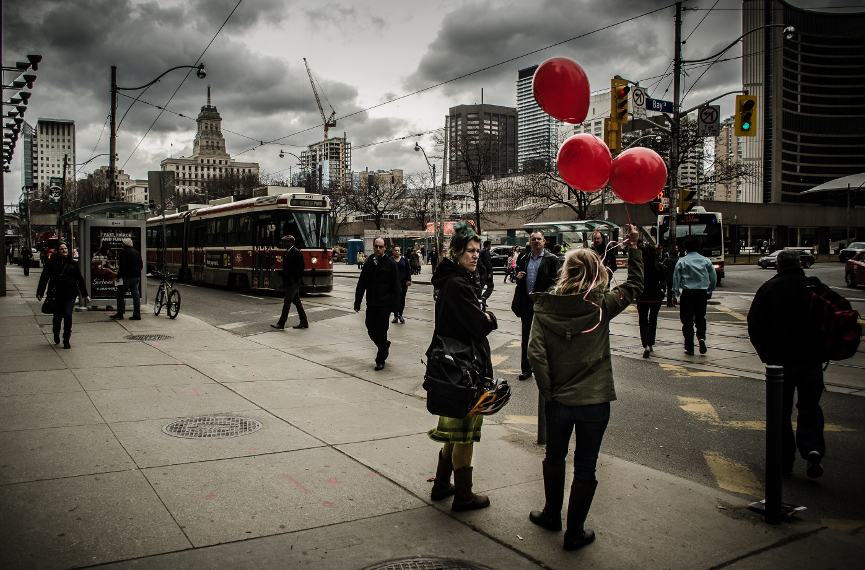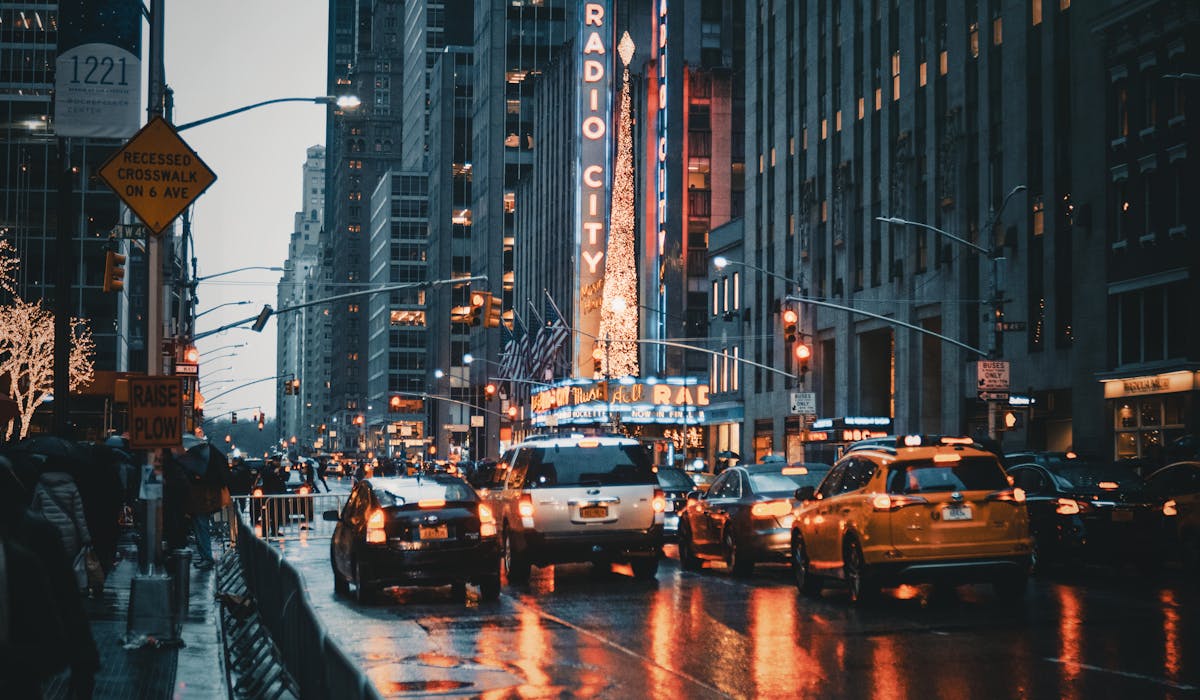Unknown Facts About Framing Streets
The Basic Principles Of Framing Streets
Table of ContentsThe Buzz on Framing StreetsFraming Streets Fundamentals ExplainedUnknown Facts About Framing Streets10 Simple Techniques For Framing StreetsThe smart Trick of Framing Streets That Nobody is Talking About10 Easy Facts About Framing Streets Described
Photography style "Crufts Pet dog Program 1968" by Tony Ray-Jones Road photography (additionally sometimes called candid digital photography) is photography conducted for art or questions that features unmediated opportunity encounters and arbitrary incidents within public locations, normally with the objective of recording photos at a crucial or touching minute by careful framing and timing. 
Consequently his boots and legs were well defined, however he lacks body or head, because these were in activity." Charles Ngre, waterseller Charles Ngre. https://www.domestika.org/en/framingstreets1 was the very first professional photographer to attain the technological class needed to sign up people in motion on the street in Paris in 1851. Digital Photographer John Thomson, a Scotsman working with journalist and social lobbyist Adolphe Smith, published Road Life in London in twelve monthly installations starting in February 1877
Things about Framing Streets
Eugene Atget is pertained to as a progenitor, not because he was the very first of his kind, but as a result of the popularisation in the late 1920s of his document of Parisian streets by Berenice Abbott, who was motivated to carry out a comparable paperwork of New york city City. [] As the city developed, Atget assisted to promote Parisian roads as a worthy topic for photography.

All About Framing Streets
Martin is the first videotaped digital photographer to do so in London with a disguised video camera. Mass-Observation was a social research organisation established in 1937 which aimed to tape everyday life in Britain and to record the reactions of the 'man-in-the-street' to King Edward VIII's abdication in 1936 to wed separation Wallis Simpson, and the succession of George VI. The chief Mass-Observationists were anthropologist Tom Harrisson in Bolton and poet Charles Madge in London, and their first record was created as the publication "May the Twelfth: Mass-Observation Day-Surveys 1937 by over two hundred onlookers" [] Home window cleaner at Kottbusser Tor, Berlin, by Elsa Thiemann c. 1946 The post-war French Humanist School photographers found their subjects on the road or in the bistro. Andre Kertesz.'s extensively appreciated Images la Sauvette (1952) (the English-language edition was labelled The Definitive Minute) advertised the concept of taking an image at what he termed the "definitive moment"; "when type and web content, vision and make-up combined right into a transcendent whole" - vivian maier.
Everything about Framing Streets
, then an instructor of young kids, associated with Homepage Evans in 193839.'s 1958 publication,, was considerable; raw and often out of emphasis, Frank's photos questioned traditional digital photography of the time, "challenged all the formal policies laid down by Henri Cartier-Bresson and Pedestrian Evans" and "flew in the face of the wholesome pictorialism and sincere photojournalism of American publications like LIFE and Time".